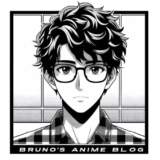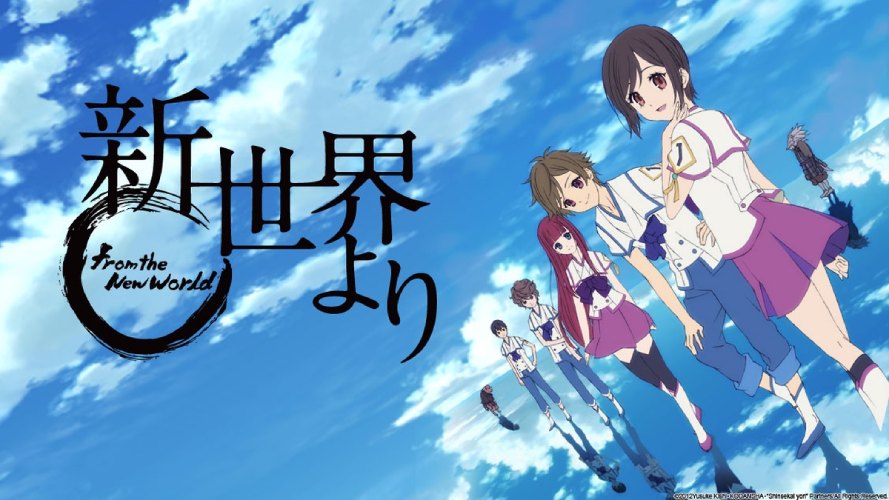2012 – Dystopian Genre
Released in 2012, Shin Sekai Yori (From the New World) stands out as a brilliant exploration of dystopian themes. The anime is adapted from Yusuke Kishi’s award-winning 2008 novel and seamlessly weaves elements of science fiction, horror, and psychological thriller into a dystopian narrative. Its title, drawn from Dvořák’s Symphony No. 9, is fitting; just as Dvořák’s work explores themes of cultural transformation and displacement, Shin Sekai Yori dives into the evolution of society in a world shaped by fear, control, and a lurking undercurrent of violence. For fans of dystopian stories like 1984 or Brave New World, this anime stands as a stark reminder of how power can twist even the best intentions.
At its core, Shin Sekai Yori is an exploration of control—both societal and personal. The world has evolved into a place where the fear of one’s own children has become institutionalized. The “Power” (telekinesis) that saved humanity from the brink of destruction also threatens to undo it. The story’s premise echoes ancient societal fears of youthful rebellion, but here it is heightened by the catastrophic consequences that a loss of control could cause. This delicate balance between maintaining a facade of utopia while suppressing the terrifying reality of potential disaster gives the show a unique tension, unlike any other dystopian anime.
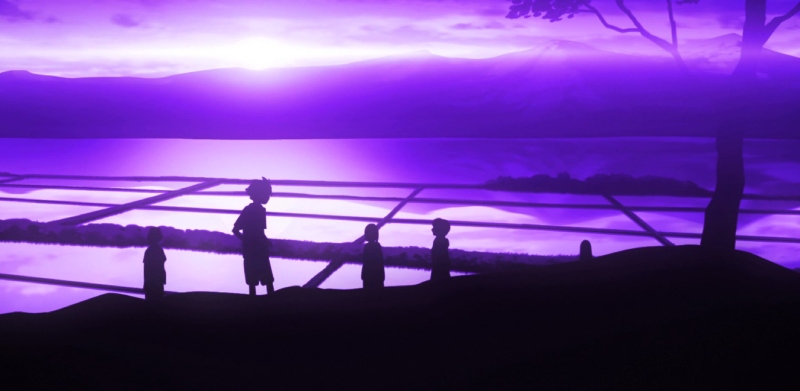
Animation
While Shin Sekai Yori does show some limitations in its animation—especially when it comes to certain CG elements—it is important to appreciate the atmosphere the visuals create. The show’s art style shifts to match the tone of different arcs, sometimes adopting softer, almost dreamlike aesthetics to evoke a sense of innocence, while at other times embracing darker, grittier palettes to underscore the dangers lurking in this “utopia.” The unsettling designs of the Monster Rats, the eerie landscapes, and the minimalist but effective depictions of the telekinetic powers all serve to enhance the feeling of unease. Even the stiff movements during tense moments can feel intentional, highlighting the eerie tension between surface tranquility and underlying chaos.
Music
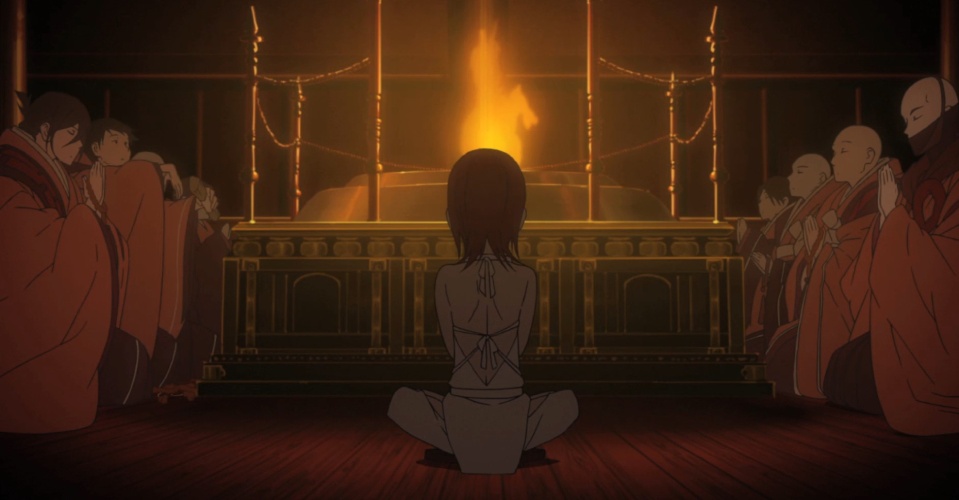
The music in Shin Sekai Yori deserves particular attention, as it plays a vital role in setting the emotional tone of the series. Dvořák’s Symphony No. 9 is an inspired choice, blending classical grandeur with the story’s themes of human struggle and transformation. The choice to use orchestral pieces adds depth to the story’s more contemplative and emotionally intense moments, creating a powerful contrast between the beauty of the world and the horrors it conceals. The ending song, “Wareta Ringo,” (割れたリンゴ) is haunting in its melancholy and perfectly captures Saki’s internal struggles as she navigates a world rife with uncertainty. Similarly, “Yuki ni Saku Hana” delivers a soft yet impactful ending that leaves viewers with lingering thoughts on the anime’s dark themes. Every piece of music feels deliberate, enhancing the atmosphere and guiding the viewer through the emotional highs and lows of the narrative. This is, without a doubt, one of the most exceptional OSTs I’ve ever encountered.
Story
Shin Sekai Yori stands out in its exploration of moral ambiguity. The use of terms like “Ogres” and “Karmic Demons” reflects a deep-seated societal fear of power that spirals out of control. In many ways, these terms are symbolic of how societies throughout history have dehumanized those they fear—whether for their power, their difference, or their potential to disrupt the status quo. The ethical questions the anime raises about control, conformity, and the sacrifice of freedom for security are thought-provoking. While the story uses telekinesis as a plot device, it’s clear that the real focus is on how humanity deals with power and fear. The rulers of this world have built an intricate system of psychological conditioning and manipulation, forcing viewers to question whether the end justifies the means. Is it worth sacrificing individuality and freedom to maintain a peaceful society? Or is the repression of such potential too dangerous in the long term?
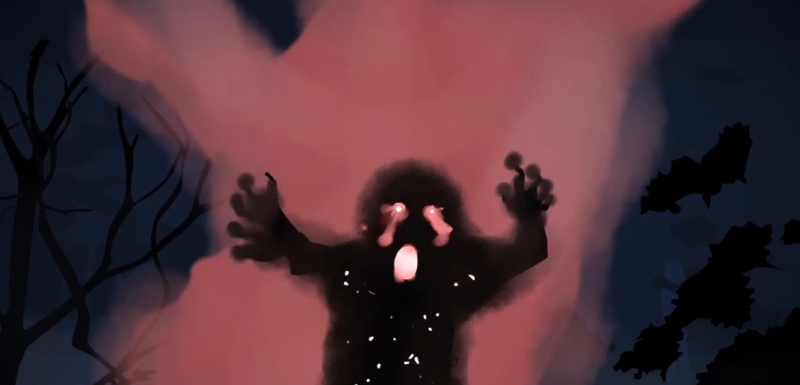
The pacing in Shin Sekai Yori may feel slow at times, but it mirrors the gradual unraveling of the world’s dark truths. The series takes its time to explore the psychological depth of its characters, particularly Saki, whose journey from an innocent child to a battle-hardened adult is at the heart of the story. Saki’s development is both tragic and inspiring as she navigates the complex ethical landscape of her world. The bond between her and the other children is tested repeatedly, reflecting the fragility of relationships in a society built on secrets and lies. Each character’s arc is integral to the plot, serving as a mirror to the central themes of power, fear, and control. Although some viewers may find the pacing slow, the psychological depth of the story and its characters more than makes up for it.
The Monster Rats
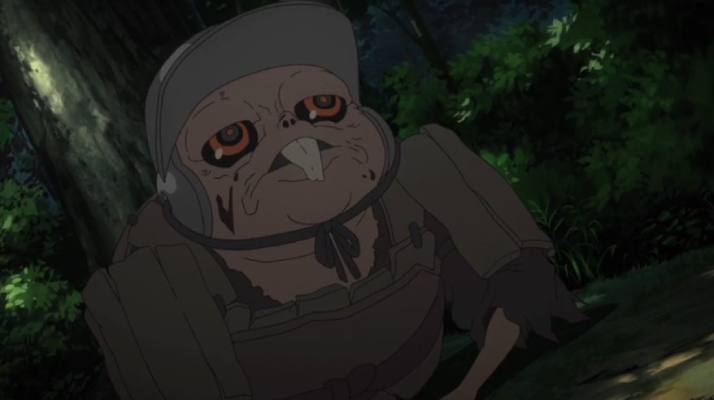
The Monster Rats are one of the most fascinating and disturbing elements of Shin Sekai Yori. Their subservient relationship to humans is not just a plot device but a chilling commentary on the nature of slavery and exploitation. Beeing genetically altered and stripped of their autonomy, much like how humans have stripped their society of individuality in exchange for control. Their struggles mirror the very real historical battles for freedom and equality, adding layers of political and social commentary to the story.
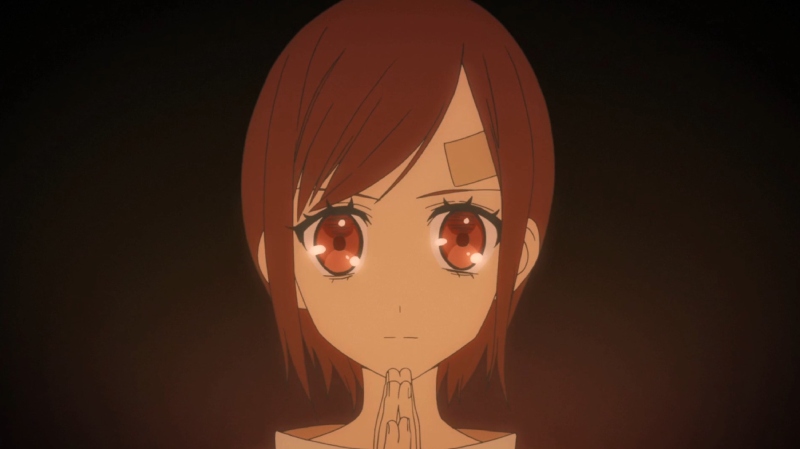
Conclusion
In conclusion, Shin Sekai Yori is not merely an anime—it is an experience. Its exploration of dystopian themes through the lens of power, control, and fear elevates it above many of its contemporaries. The visual and auditory elements, while imperfect, only add to the eerie and unsettling atmosphere the series creates. It challenges viewers to think deeply about the costs of maintaining peace and whether societal control can ever be justified. As a reflection of both historical and future fears, Shin Sekai Yori remains a must-watch for those who appreciate anime that dares to ask difficult questions.
9/10
